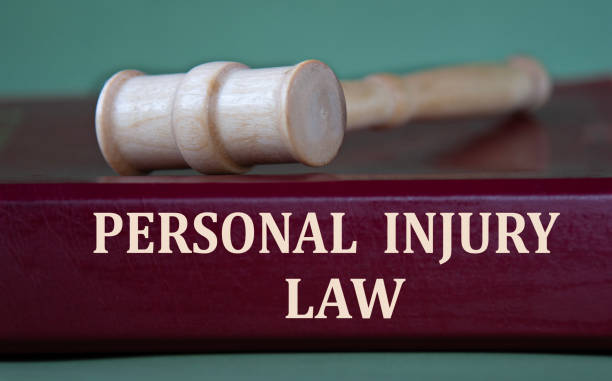If you have been a victim of an accident that resulted from the negligence of another party, you need to understand personal injury laws in Utah. Otherwise, you may find it hard to fulfill the procedural requirements for bringing a personal injury and miss out on obtaining the maximum compensation you deserve. By consulting with an injury attorney at Moxie Law Group, you can concentrate on recovering from your injuries while they navigate the complexities of your claim.
Understanding Utah Personal Injury Laws
Personal injury laws in Utah are made to protect victims who sustained injuries because of other people’s negligence. Such protection includes helping victims get the compensation they are entitled to and restore their life. Below are the basic principles that govern the state’s personal injury claims:
- Negligence. This happens when somebody does not take reasonable care and harms another person. To ensure the success of a personal injury claim, victims must establish the other party’s negligence. This includes demonstrating the at-fault party had a duty of care, but breached this duty, causing the injury and damages.
- Comparative fault. Under the comparative negligence rule in Utah, injured victims can only secure compensation if they are not 50 percent or more at fault for the accident. Thus, you won’t recover damages if you share at least half of the fault. If you are less than 50 percent at fault for the accident, your compensation will be reduced by your specific percentage of fault.
- Statute of limitations. The strictly govern the amount of time victims have to file a personal injury lawsuit. In Utah, you have four years from the accident date to file a lawsuit. If you miss the deadline, you lose the chance to seek monetary compensation through the court.
How to File an Injury Claim
When filing a personal injury claim, ensure all of its aspects support your goal of securing sufficient compensation. This is possible by taking the following steps:
- Seek immediate medical attention. After an accident, you must prioritize your health first. By seeking immediate medical care, you support your recovery and ensure there is enough documentation of your injuries.
- Document the accident. While the accident’s details are fresh, collect crucial evidence. This includes taking photos of the scene, your injuries, and property damage if applicable. In addition, get the names and contact information of those who witnessed the accident.
- Notify your insurance company. This is an important step to ensure the validity of your claim. But you should do so without admitting fault for the crash.
- Speak with an attorney. A personal injury attorney can offer legal advice, handle talks and negotiations with an insurance company, and make sure your injury claim is filed correctly.
- Take legal action. If you and the other party cannot agree on a settlement, you can take your case to court. When this happens, your lawyer will prepare the legal documents you need, give you court representation, and work toward obtaining the full compensation you need.
Every step is important in building a solid case. With your attorney’s guidance, you can navigate the legal process with the utmost confidence.
How an Injury Attorney Can Help
Your injury attorney plays a significant role in how your claim is managed. Their competence and experience increase your chances of securing a favorable outcome and make sure the process is dealt with professionally. Aside from offering legal advice and negotiating with insurers, they make sure you comply with filing and procedural requirements. They handle all legal deadlines rules that need to be meet when pursuing a claim, so you can concentrate eon recovering from your injuries.




